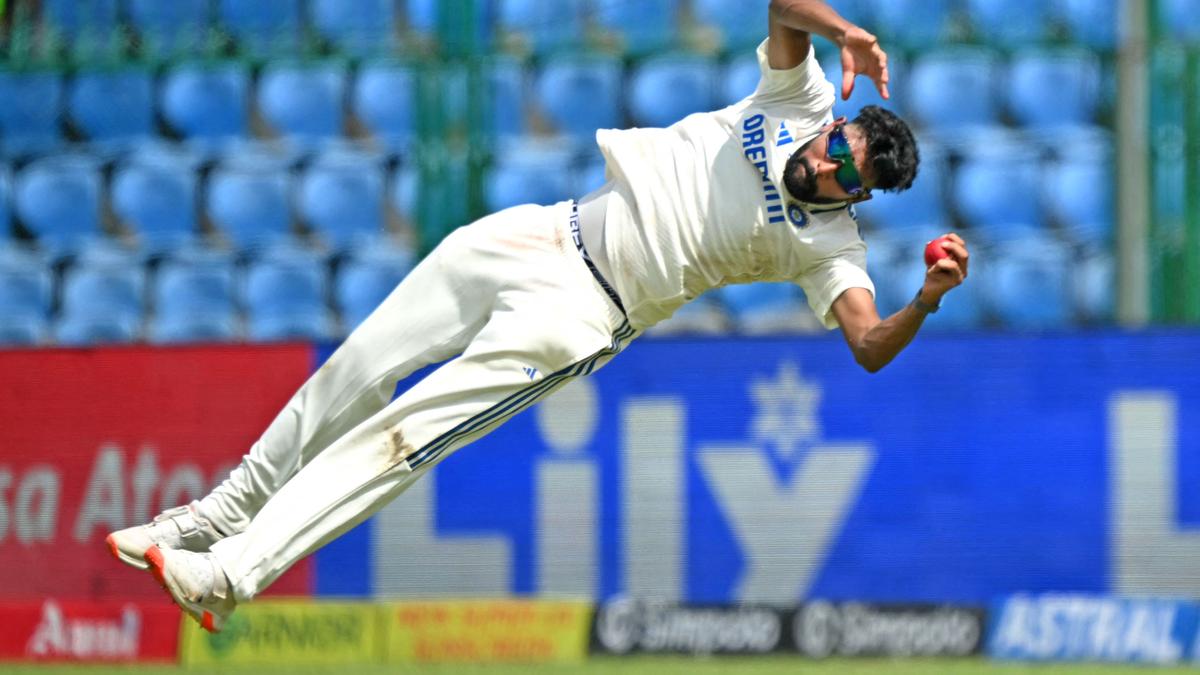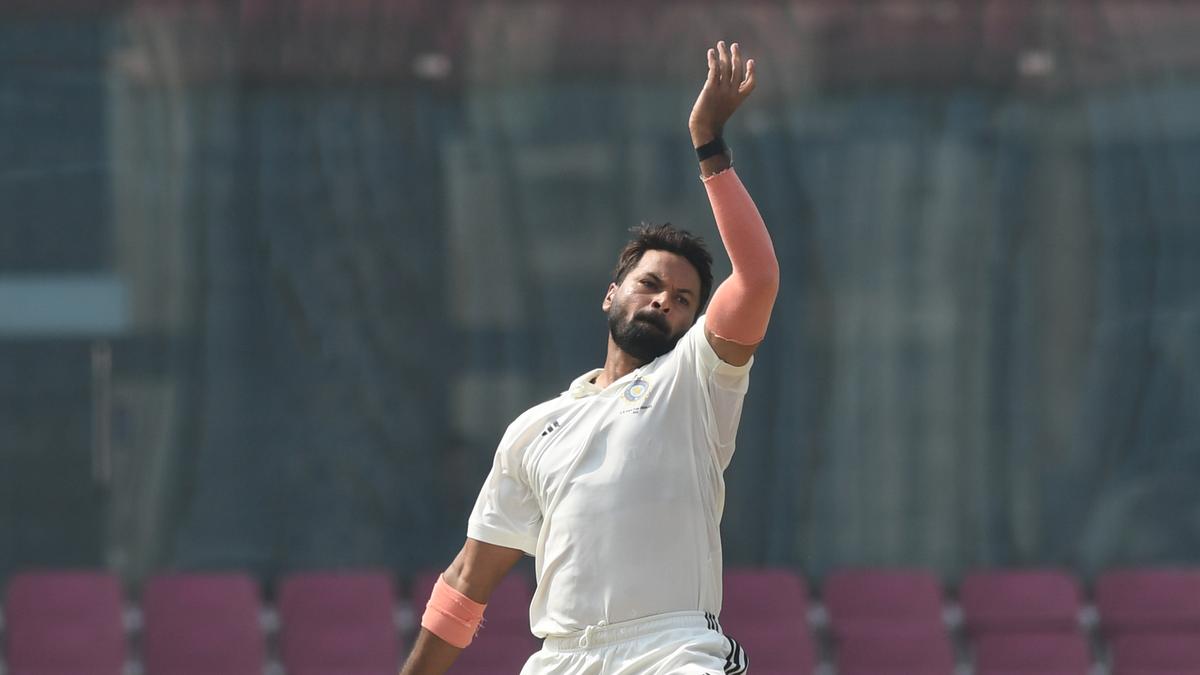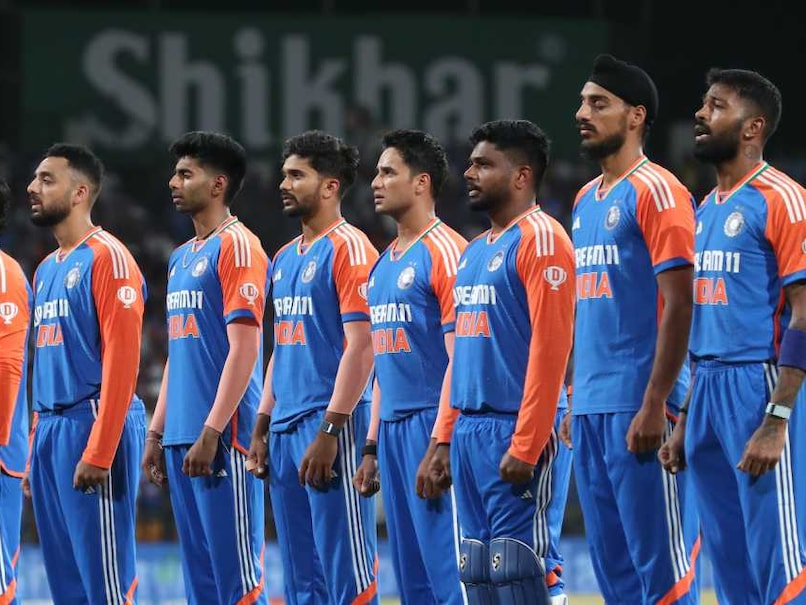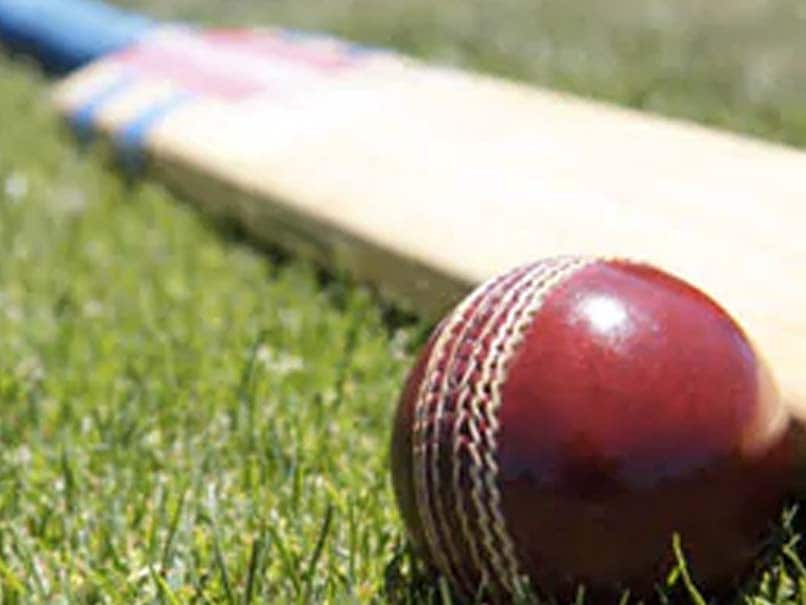Fielding has evolved from being a mere addendum to batting and bowling to a crucial discipline in modern cricket. The era of selecting extraordinary batters or exceptional bowlers alone, even if they were poor fielders, is long gone. The T20 format has further elevated fielding to a glorious spectacle, with boundary-line catches and acrobatic saves becoming commonplace.
The Indian cricket team has had a series of exceptional fielding coaches over the last decade and a half. R. Sridhar and T. Dilip have played pivotal roles in changing attitudes, mindsets, and approaches to fielding and catching. Dilip is credited with introducing the “fielding medal,” which has become a symbol of the importance of this discipline.
The fielding medal is not just an acknowledgment of the crucial role fielding plays in the game, but also a recognition of the often-overlooked performances that can alter the balance of a match. India’s recent Test victory against Bangladesh is a testament to the importance of fielding. The team’s exceptional catching and ground fielding played a significant role in their seven-wicket triumph.
As India prepares for the upcoming five-Test series in Australia, their fielding will be put to the test. The larger grounds and the propensity of Australian batters to take risks will challenge their fitness, agility, and throwing arms. The emergence of Shubman Gill as an excellent poucher at slip and the increasing assurance of Virat Kohli and KL Rahul in the slip cordon are encouraging developments.
However, India’s ground fielding must also step up. The bigger grounds Down Under and the Australian batters’ tendency to look for extra runs will test their staying power and ability to cover ground quickly. While fielding may not be the sole determinant of India’s success in Australia, it could prove to be a significant factor.






